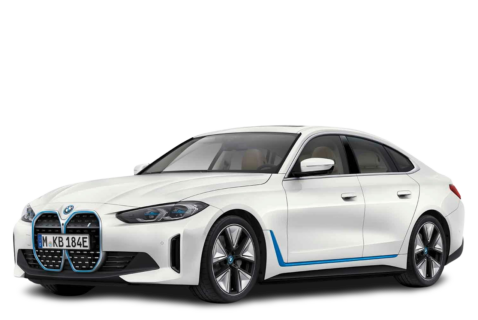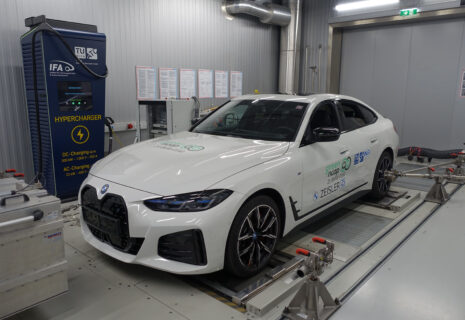BMW i4 eDrive35 electric RWD automatic
2024
96%
10.0
10
Clean Air Index
9.3
10
Energy Efficiency Index
9.5
10
Greenhouse Gas Index
| Laboratory Tests | NMHC | NOX | NH3 | CO | PN | |
|---|---|---|---|---|---|---|
| 10.010 | Cold Test | |||||
| 10.010 | Warm Test | |||||
| 10.010 | Highway | |||||
| 10.010 | Cold Ambient Test | |||||
| Road Test | ||||||
| 10.010 | On-Road Drive | |||||
| 5.05 | On-Road Short Trip | |||||
| 8.08 | On-Road Heavy Load | |||||
| 5.05 | On-Road Light Load | |||||
| 2.02 | Congestion | |||||
| Laboratory Tests | Energy | |||
|---|---|---|---|---|
| 10.010 | Cold Test | 18.2kWh100 km | ||
| 10.010 | Warm Test | 17.9kWh100 km | ||
| 9.310 | Highway | 24.9kWh100 km | ||
| 8.010 | Cold Ambient Test | 34.1kWh100 km | ||
| Consumption | Driving Range | |||
| Average | 20.3kWh100 km | 378km | ||
| Worst-Case | 34.1kWh100 km | 220km | ||
| Greenhouse Gases | CO2 | N2O | CH4 | |
|---|---|---|---|---|
| 10.010 | Cold Test | |||
| 10.010 | Warm Test | |||
| 9.910 | Highway | |||
| 8.410 | Cold Ambient Test |
Specifications
- Tested Car WBY41AW070FP6XXXX
- Publication Date 02 2024
- Vehicle Class Large Family Car
- Emissions Class Euro 6 AX
- Tyres 245/40 R19 | 255/40 R19
- Mass 2,103 kg
- System Power/Torque 210 kW/400 Nm
- Declared Battery Capacity 67.0 kWh
- Declared Driving Range Overall 446 km City 528 km
- Declared Consumption 17.2 kWh/100 km
- Heating Concept PTC & Heat pump







































































































































Our verdict
Tested here is the BMW i4 eDrive35 – a rear wheel drive saloon with a maximum power of 210 kW and a declared usable battery capacity of 67 kWh. The mass of the empty vehicle is 2,103 kg. The measured test consumption values are creditable and the vehicle provides good comfort for the passengers in cold and warm environments. A PTC-heater and a heat-pump are used for cabin heating, combining quick heat-up characteristics and low energy demand on longer trips. For the battery capacity test the vehicle is charged with 11 kW charging power. With a measured value of 67.4 kWh, the usable battery capacity matches closely the declared value of 67 kWh. The full battery recharge takes 75.0 kWh from the electricity grid, which results in a reasonable grid-to-battery output efficiency of 89.9 %. Overall, the BMW i4 finishes with an Average Score of 96% and effortlessly collects all 5 Green Stars.